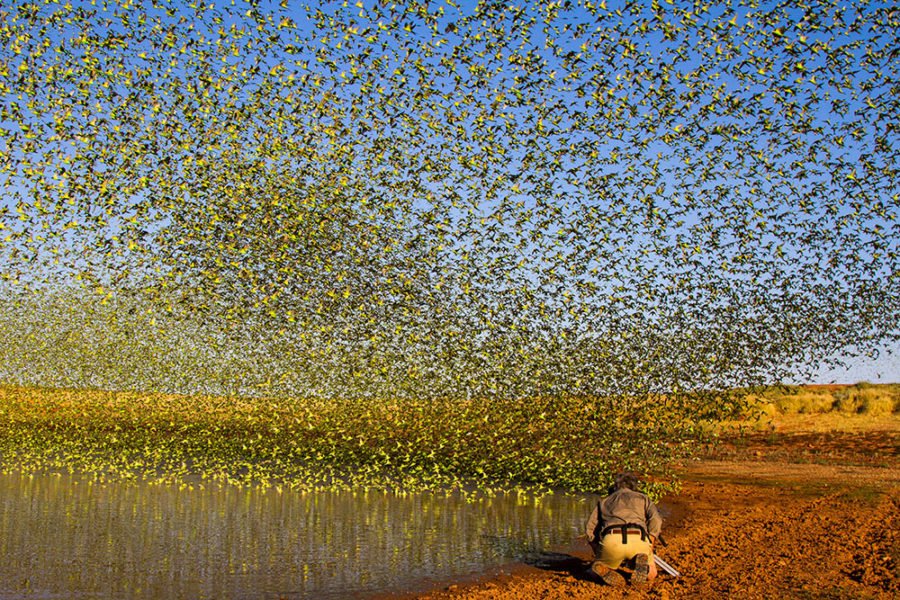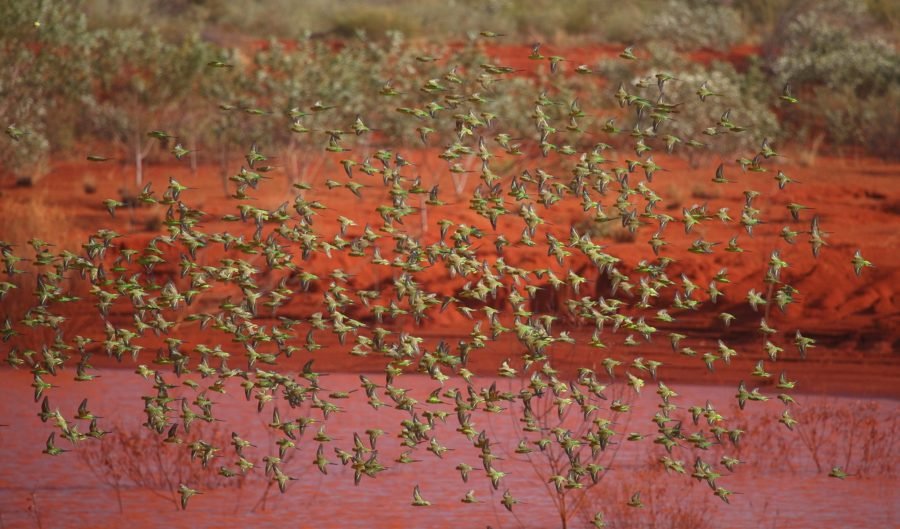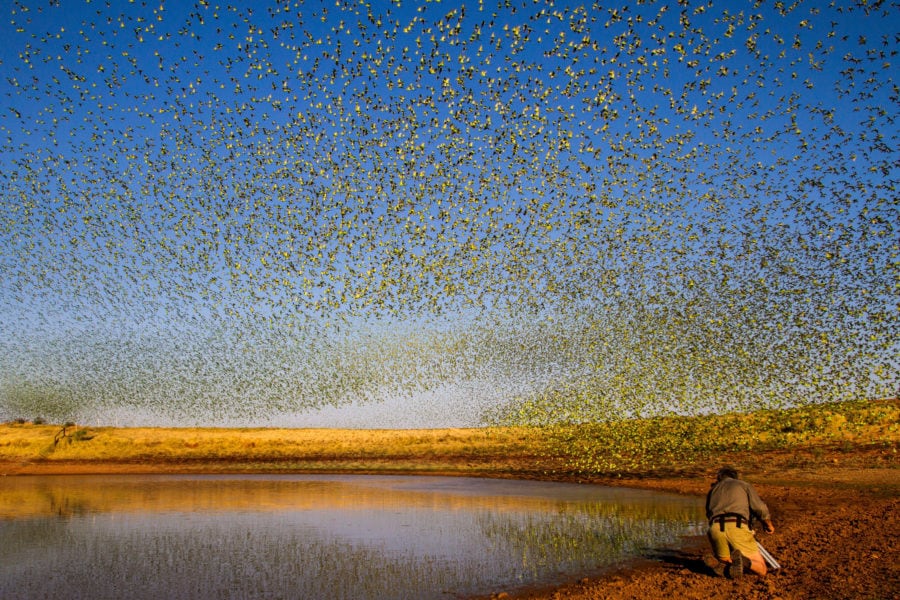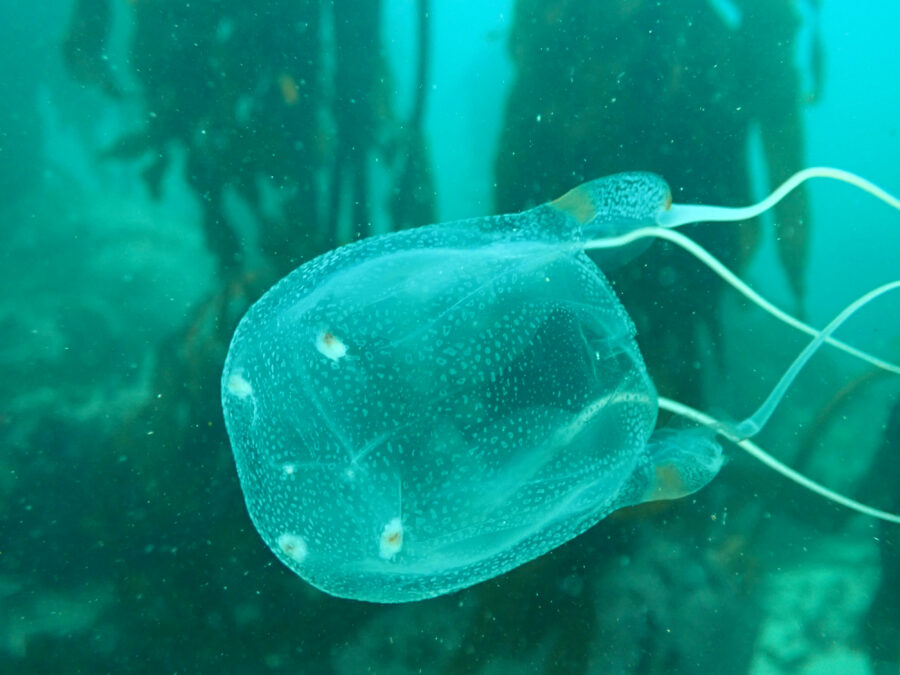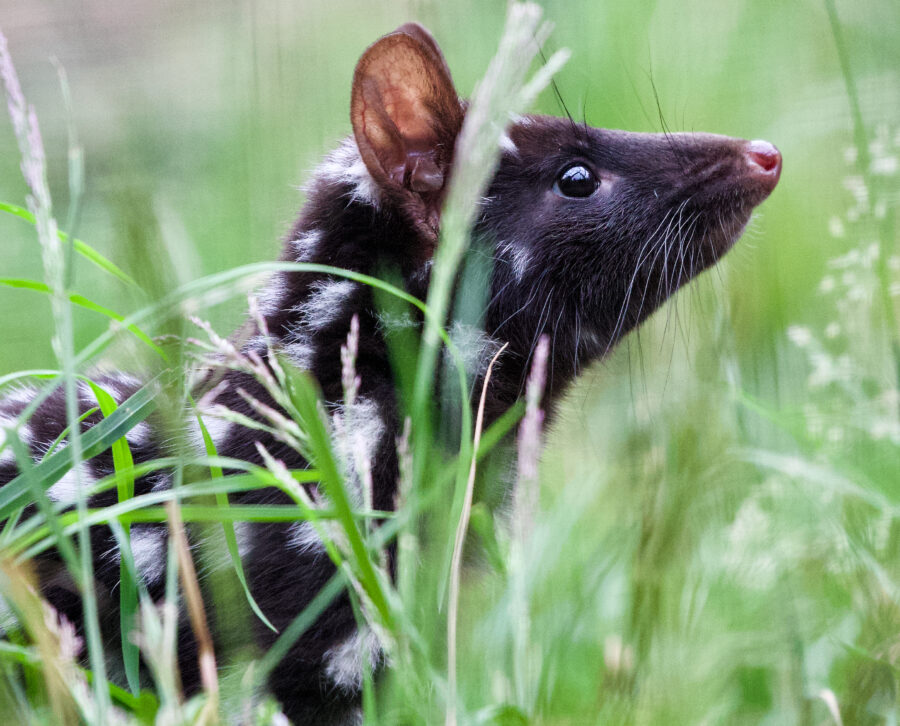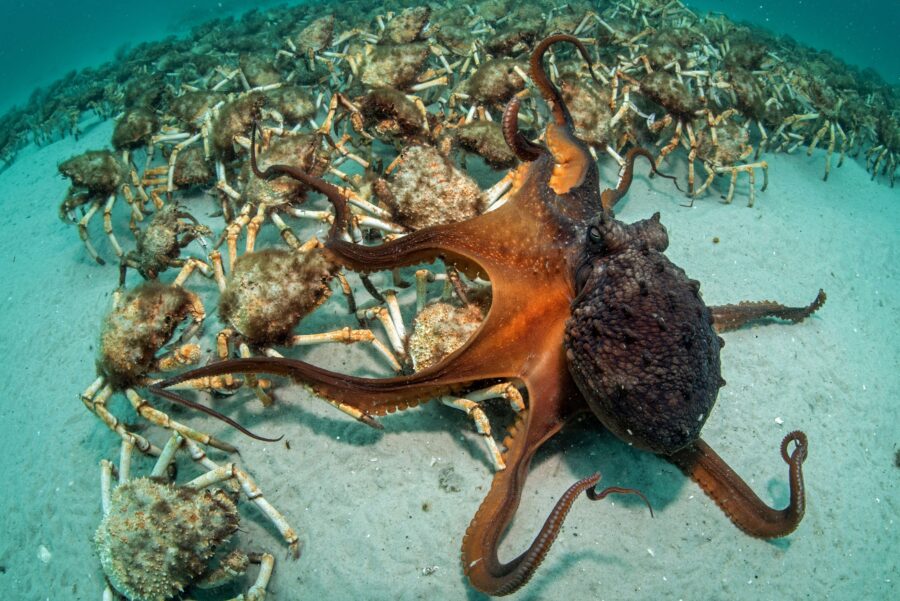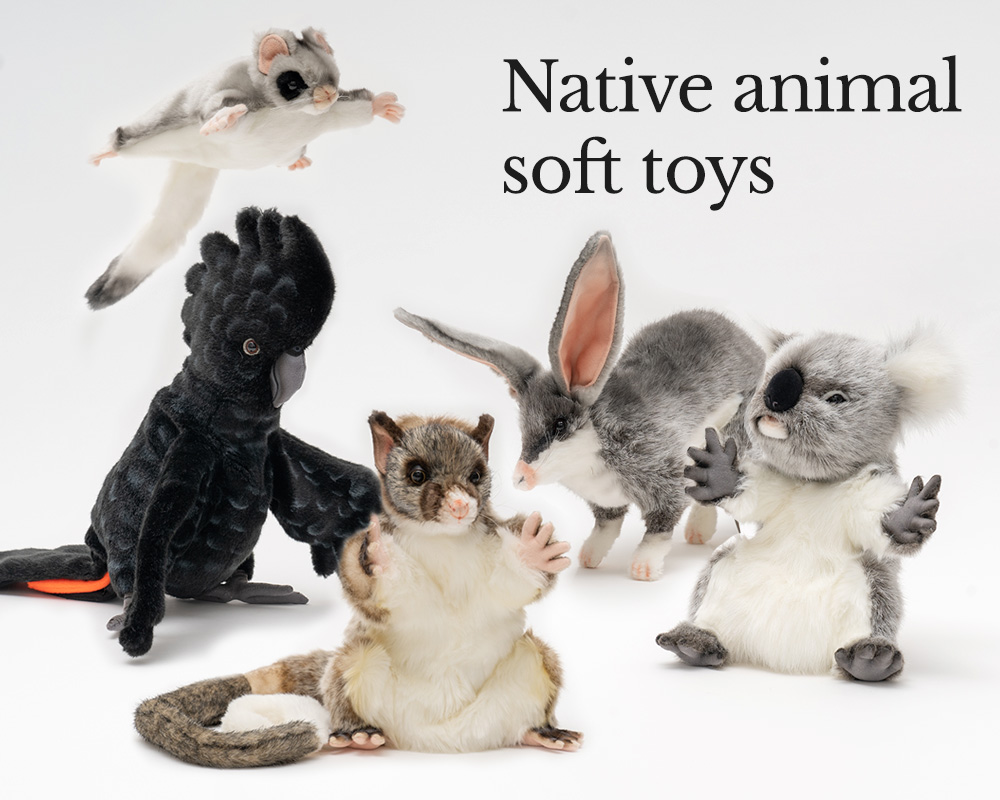How budgies don’t just survive, but thrive, in the harsh Australian desert

Bec Crew
Bec Crew

Highly social and nomadic, budgerigars (Melopsittacus undulatus) have no fixed migration patterns – they simply follow the rain. They follow it from hundreds or even thousands of kilometres away, and sometimes in ‘super swarms’ of millions of individuals, painting the landscape in gold and green.
How do they do it? Well, it helps that falling rain can be seen in the desert for up to 80km at ground level. But what about when the rain is 10 times that distance away? For one thing, budgies are extremely sensitive to small changes in atmospheric pressure. Researchers suspect it’s down to their paratympanic organ, a small, specialised sensory organ found in the middle ear of most birds (and some reptiles).
They’re also able to follow storms using clues such as plumped-up vegetation, tracking flushes of seeding grasses such as spinifex, which suddenly come to life after the rain.
Budgies take the weather as a cue to breed. In the wild, they only breed when food and water appear after rainfall – a behaviour known as ‘desert breeding’. Captive budgies are no different. The most successful budgie breeders know how important it is to simulate the same environmental cues that wild budgies tune into, such as shifting the temperature, changing food types and availability and even mimicking rainfall using mist and humidifiers.
The legendary ability of budgies to sense and find rain has solidified their lofty status among Australia’s First Nations people.
The name ‘budgerigar’ famously derives from the word ‘betcherrygah’ (or ‘good food’), used by the Gamilaraay people of New South Wales and southern Queensland in reference to wild budgies. One possibility for the connection is that the budgies’ seed-seeking migrations led the Gamilaraay people to places of rainfall and abundant food. It could also refer to the fact that budgies are, in fact, good food.
“Thrown onto the ashes of small fires and with all the feathers singed off, [budgerigars] also made good eating and provided valuable protein,” Sarah Harris and Don Baker reported for Australian Geographic. “The eggs and baby birds were considered delicacies right across the tribal groups whose territory they shared.”
Budgerigars also feature in the Tjukurrpa – the Dreaming – depicted in the art of the Warlpiri people whose country is centred in the Northern Territory’s Tanami Desert. Harris and Baker write, “Here, the budgerigar is known as ngatijirri and is a recurring motif in the art of its custodians, expressed by both the footprints of the birds on the ground and cross-sectional views of the birds in flight.
These artful expressions of country offer clues to the location of water and ceremonial sites. Young desert men are taught the ancient wisdom of the budgerigar Dreaming path, learning key locations through songlines and sand drawings during initiation ceremonies.”
So much more than colourful little songbirds that were found in “every fifth household” in Australia, the UK and Canada at their peak in the 1950s and 1960s, budgerigars are tough, clever and clued-in. They manage the delicate dance between surviving and thriving in Australia’s harshest environments.
